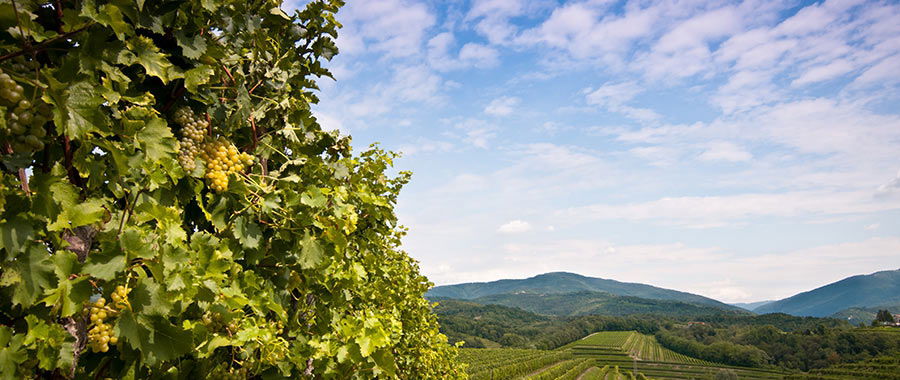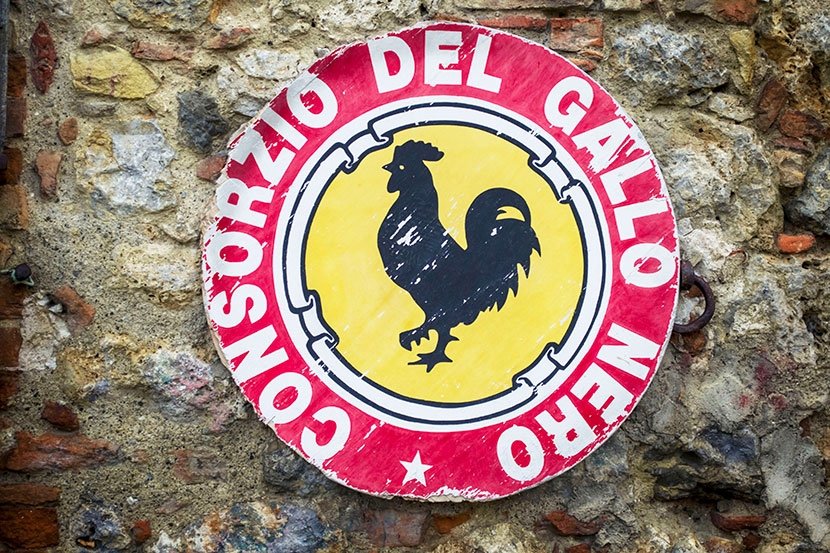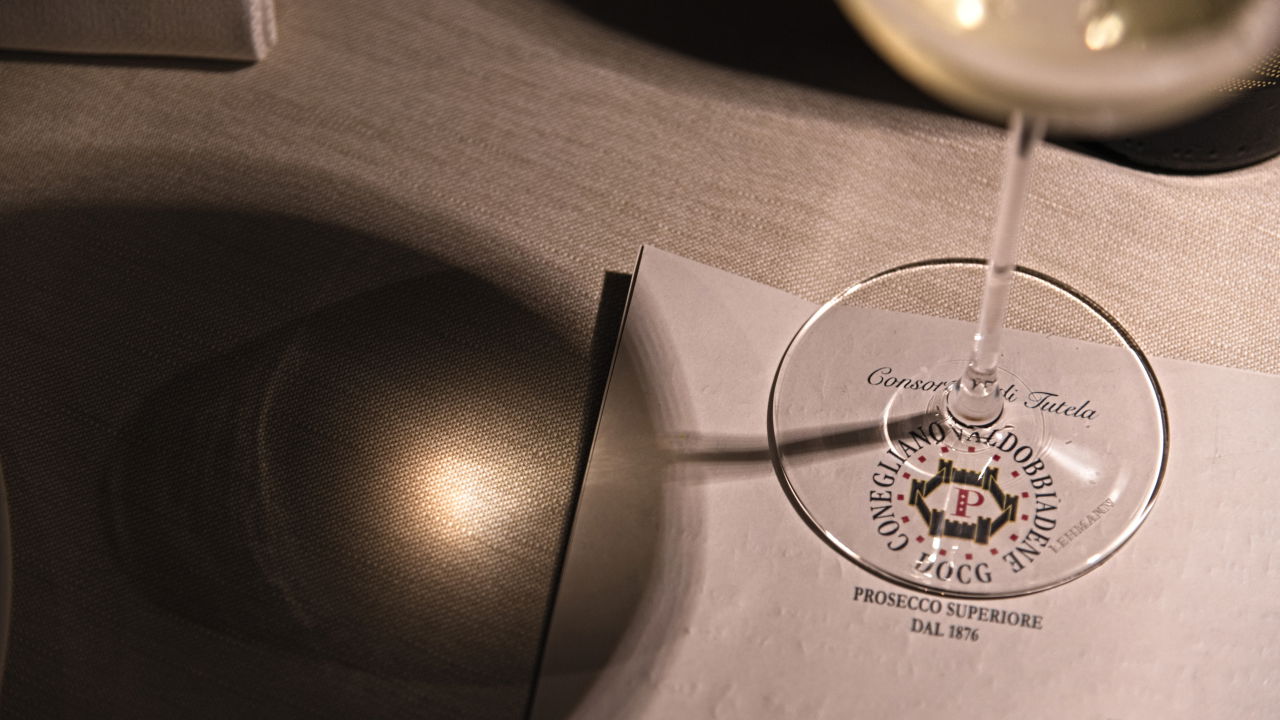BLOG
Native Italian grape varieties saved from near-extinction!
Maurizio Broggi Wine Education & Careers

A number of Friuli’s native varieties were rescued from the brink of disappearance. Let us introduce you to Vitovska and Pignolo.
Vitovska: The name of this white grape variety is of clear Slavic origin, but it is generally considered to be a native variety of both eastern Friuli and Slovenia, as it was historically only cultivated in Carso (in the province of Trieste) and in Slovenia.
Vitovska almost disappeared during the 20th century but was saved from extinction in the 1980s by Carso producers such as Kante and Zidarich. The grape produces high-quality wines that are fresh and delicate with aromas of white flowers, pear, hay, sage and almond. The wine demonstrates lightly honey and balsamic notes, crisp acidity and a pronounced minerality.
Pignolo: This high-quality red grape has been in documented cultivation since the 17th century, but it almost became extinct in the second half of the 20th century. In the late 1970s, only a few ungrafted vines remained. These survivors were planted against a lone wall of the ancient Abbey of Rosazzo. Cuttings were taken from those vines and used to propagate and replant this grape variety. Today, plantings remain small but interest in this grape is growing. The wines are deep in color with aromas of berry fruit, plums, spices and herbs. It is dense and full-bodied, with good acidity and ample, but smooth tannins. Its powerful structure makes it well-suited for barrel ageing. As a rule, Pignolo needs a few years of bottle age to soften and develop further complexity.
The name Pignolo comes from the Italian word pigna (pine cone) because of the compact shape and small size of the grape cluster. It actually looks like a pine cone!



